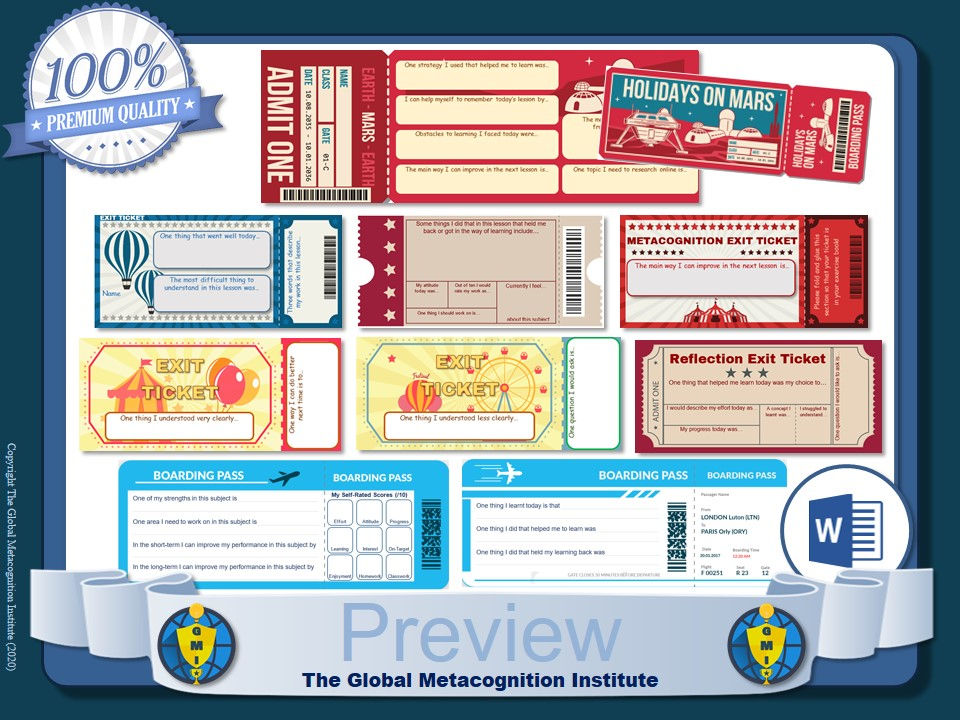Assessment wrappers are an effective way to boost student attainment, metacognition, and self-regulated learning. They are essentially reflective activities that students undertake before and after formative assessments. By using assessment wrappers, teachers can encourage students to think critically about their learning, assess their progress, and identify areas for improvement.
Formative assessments are an essential component of the learning process. They allow teachers to gauge student progress and identify areas where further instruction is needed. However, formative assessments are only effective if students take ownership of their learning and actively engage in the process. Assessment wrappers provide a framework for students to do just that.
Assessment wrappers typically involve two components: a pre-assessment reflection and a post-assessment reflection. Before the assessment, students are asked to reflect on their learning and identify areas where they feel confident and areas where they need additional support. This pre-assessment reflection helps students to set goals and focus their attention on areas where they need to improve.
After the assessment, students are asked to reflect on their performance and identify areas where they did well and areas where they struggled. This post-assessment reflection helps students to understand their strengths and weaknesses and identify specific strategies for improvement. By engaging in this reflective process, students are able to take ownership of their learning and become more self-aware of their progress.
Assessment wrappers also provide an opportunity for teachers to provide feedback to their students. By reviewing the pre-assessment reflections, teachers can identify areas where students need additional support and tailor their instruction accordingly. Likewise, by reviewing the post-assessment reflections, teachers can identify areas where students have made progress and provide positive feedback to reinforce their learning.
In addition to improving student attainment, assessment wrappers also promote metacognition and self-regulated learning. Metacognition refers to the ability to think about one's own thinking. By engaging in reflective activities, students are able to develop their metacognitive skills and become more aware of their thought processes. Self-regulated learning refers to the ability to set goals, monitor progress, and adjust strategies as needed. By using assessment wrappers, students are able to develop these essential skills and become more independent learners.
We've released two assessment wrapper resources that will help you to implement this metacognitive strategy: printable assessment wrapper worksheets and a 'virtual assessment wrapper'. The printable assessment wrapper worksheets are a great way to make metacognitive work more visible and to track progress when it comes to metacognitive awareness; the virtual lesson wrapper is ideal for teachers who wish to save on printing costs.

Tips & Tricks for Using Assessment Wrappers
Here are some tips and tricks for using assessment wrappers with students:
Start with a clear objective: Before introducing assessment wrappers to your students, be clear about your objective. Explain to them the purpose of assessment wrappers and how they can use these activities to improve their academic performance.
Use a template: Create a template for assessment wrappers that includes prompts to help guide students' reflection. This template should include sections for students to reflect on their learning, set goals, and identify strategies for improvement.
Be consistent: Use assessment wrappers consistently throughout the formative assessment process to help students establish a routine. This consistency will also allow students to see how their reflection and goal-setting activities can help them improve their academic performance over time.
Allow time for reflection: Give students adequate time to reflect on their learning before and after formative assessments. This will allow them to engage in metacognitive thinking and self-regulated learning, which are essential skills for academic success.
Provide feedback: Provide feedback to students on their assessment wrappers to help them identify areas of strength and areas where they need to improve. This feedback can be provided in the form of comments, a rubric, or a grade.
Encourage peer review: Encourage students to review each other's assessment wrappers and provide feedback. Peer review can help students learn from each other and provide a different perspective on their reflection activities.
Use technology: Use online tools, presentations, or apps to make assessment wrappers more engaging and interactive. These tools can also help students track their progress and see how their reflection activities are helping them improve their academic performance.















































コメント